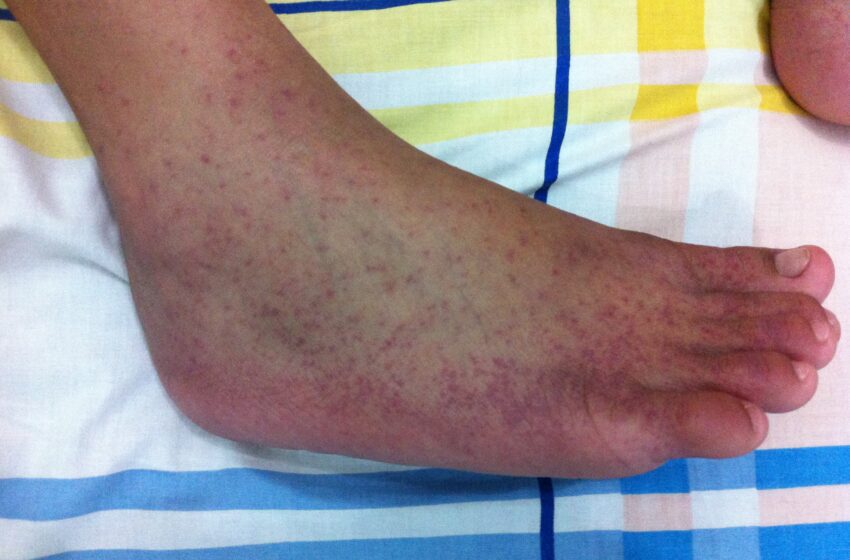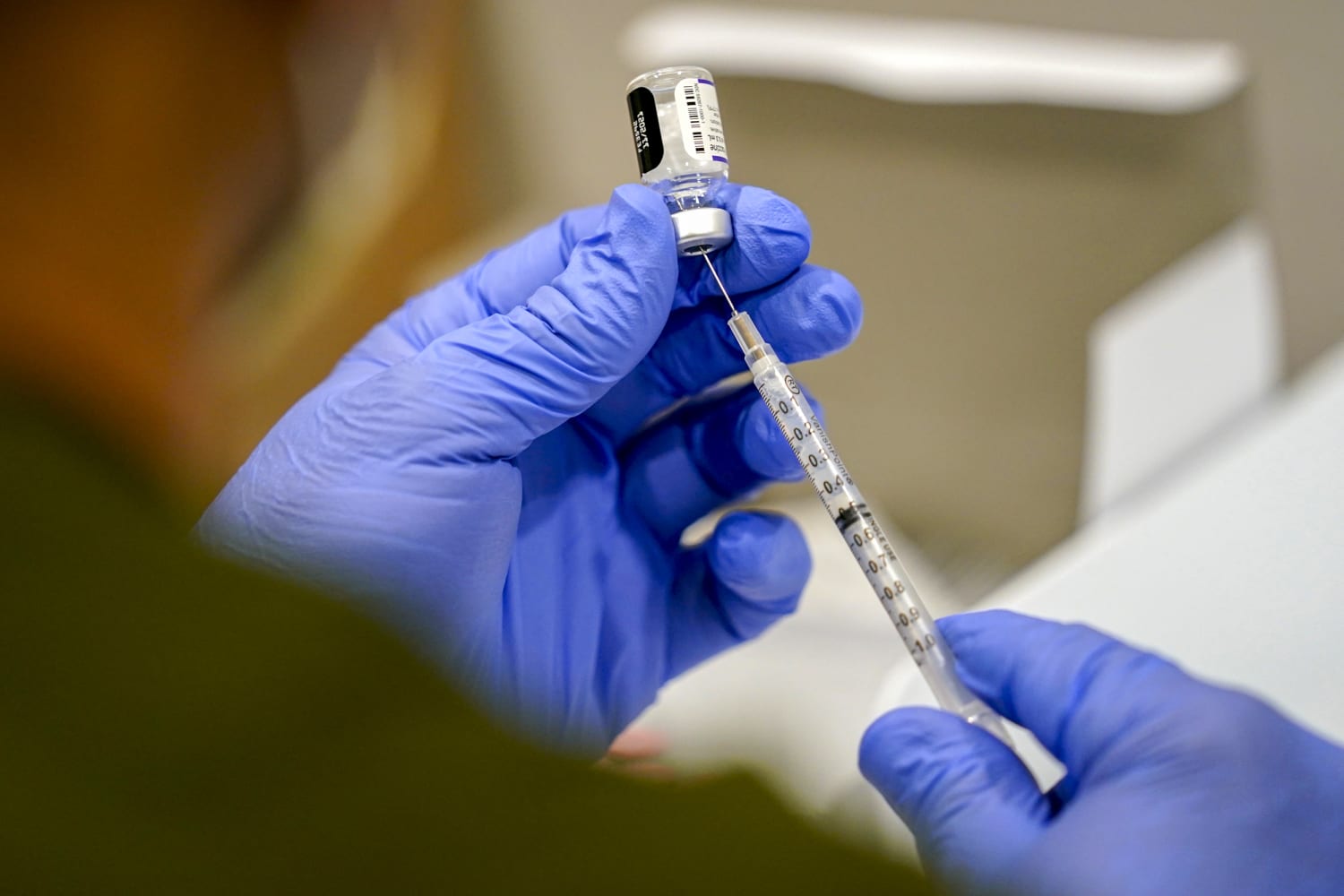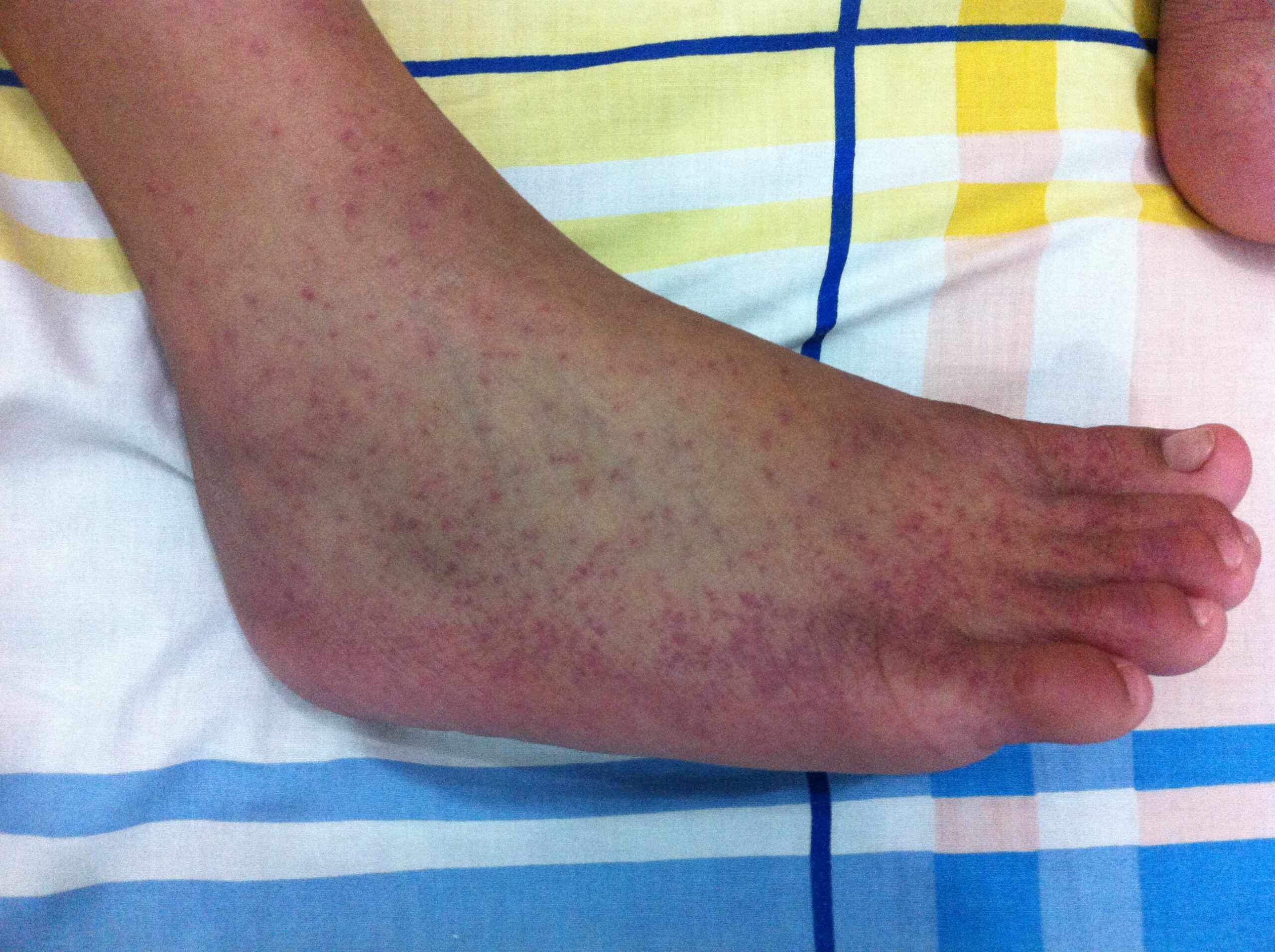Is Chikungunya Virus the next pandemic threat after COVID-19?

Rash from Chikungunya Virus. Picture: Wikipedia
As the world continues to recover from the devastating effects of COVID-19, a new question is surfacing among virologists and public health experts: Could Chikungunya virus become the next pandemic? While the virus has been around for decades, its recent resurgence and potential for widespread transmission have reignited serious concerns.
Chikungunya, a mosquito-borne virus, is primarily transmitted by Aedes aegypti and Aedes albopictus mosquitoes, the same vectors responsible for Dengue and Zika outbreaks. Though it has mostly been confined to tropical and subtropical regions, climate change and global mobility are expanding its reach, raising alarms similar to the early days of COVID-19.
Post-COVID Vulnerabilities Could Aid the Spread
The pandemic left healthcare systems overwhelmed and under-resourced. In many countries, especially in the Global South, hospital infrastructures remain fragile, vaccine rollouts are incomplete, and viral surveillance systems are underfunded. These conditions create an environment in which neglected tropical diseases like Chikungunya could quietly spread without immediate detection.
Public health fatigue is another major concern. With much of the global population still recovering emotionally and economically from COVID, early signs of outbreaks could be downplayed, a mistake experts say we cannot afford to repeat.
Symptoms That Resemble COVID Confuse Diagnosis
Chikungunya symptoms, fever, joint pain, fatigue, rash, and headache, often overlap with COVID-19 and other viral infections. This makes it difficult for frontline workers to correctly identify and respond to new cases quickly. Misdiagnosis and underreporting could allow the virus to spread silently, especially in areas with weak diagnostic infrastructure.
Unlike COVID-19, Chikungunya is rarely fatal, but its long-term joint pain can severely impact quality of life and productivity. The possibility of chronic post-viral arthritis has led some experts to classify it as a virus with high societal impact, despite its lower mortality rate.
Climate Change and Urbanization Are Expanding Risk Zones
Mosquitoes carrying the Chikungunya virus are thriving in warmer temperatures and urbanized areas with poor drainage. This means that previously unaffected regions, including parts of southern Europe and North America, could see outbreaks if preventive steps are not taken.
A 2023 WHO report identified Chikungunya as one of several priority emerging pathogens needing urgent global attention, particularly because its spread is seasonal, vector-driven, and often overlooked.
READ ALSO
Chikungunya virus outbreak in China: What you should know
Legionnaires’ disease outbreak: What to know about precautions and symptoms
Is There a Vaccine or Cure?
As of now, no specific antiviral treatment or globally available vaccine exists for Chikungunya. Treatment remains symptomatic, mainly rest, fluids, and painkillers. Several vaccine candidates are in various stages of development, but none have been widely distributed.
This lack of preventive medicine mirrors the early days of COVID-19 and has pushed experts to call for preemptive investment in research, vaccine development, and global health readiness.
What Should Governments and Citizens Do Now?
Public health experts recommend a multi-layered approach:
- Invest in mosquito control and surveillance
- Fund vaccine research and fast-track approval pathways
- Educate the public on early symptoms
- Integrate Chikungunya testing into routine viral screenings
For citizens, simple actions such as using insect repellents, clearing stagnant water, and sleeping under treated nets can significantly reduce exposure.
While Chikungunya may not yet be a pandemic, all the warning signs are there. If the global community fails to act early, the world could face a déjà vu moment eerily similar to COVID-19. Preparedness now could save lives later.




